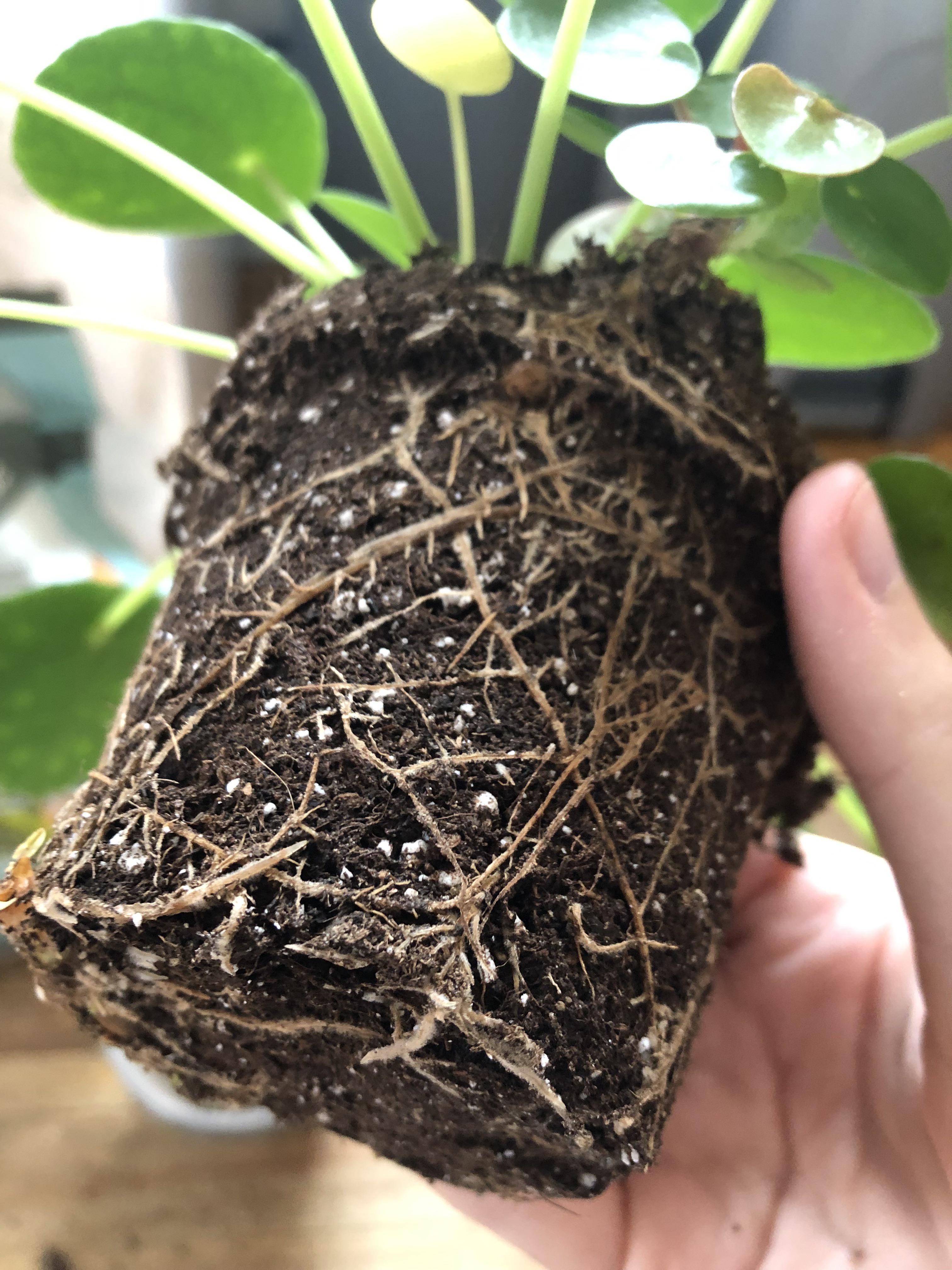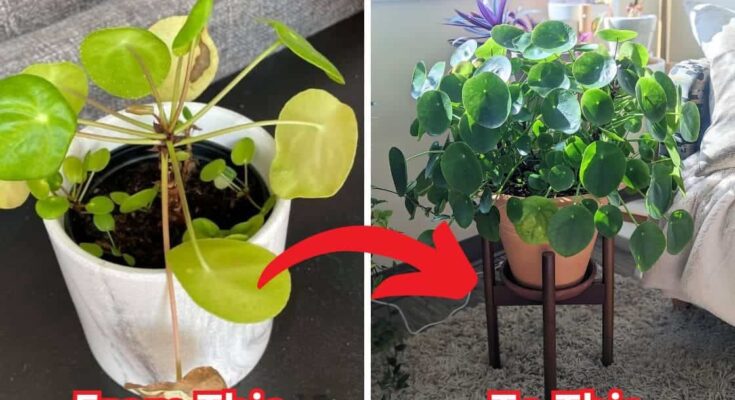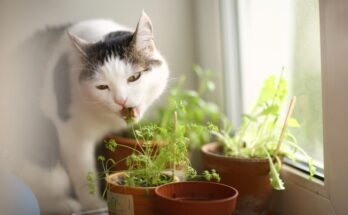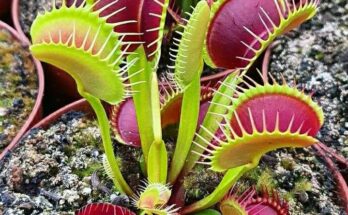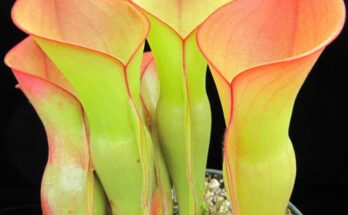Have you ever thought of bringing a symbol of wealth and prosperity into your home? The Chinese money plant, with its charming, coin-shaped leaves, is said to attract good fortune.
I love how it adds a touch of elegance to any space while being incredibly low-maintenance. Even if you’re new to plant care, this one’s a breeze to nurture.
Let’s dive into some easy ways you can keep your Chinese money plant thriving!
| Scientific name | Pilea peperomioides |
| Common name | Chinese money plant, Pancake plant |
| Plant type | Perennial, Evergreen |
| Size | Up to 30 cm (12 inches) tall |
| Leaf shape | Round, coin-like |
| Watering requirements | Moderate |
| Sunlight | Bright indirect light |
| Soil type | Well-draining, loamy soil |
| Ideal temperature | 60°F–75°F (16°C–24°C) |
| Cultural significance | Symbol of prosperity, good luck |
1. Light Conditions

Chinese money plant is into bright, indirect sunlight. I learned the hard way that too much direct sun can burn those beautiful leaves, so keep it near a filtered window.
Remember to rotate it every week or so, ensuring it grows evenly.
2. Watering Routine

I like to water my Chinese money plant once the top inch of soil feels dry, usually every 1–2 weeks.
Be careful not to overwater; trust me, I’ve made that mistake before, and it led to root rot. Using filtered water helps too, especially if your tap water is heavy on minerals.
3. Soil and Potting
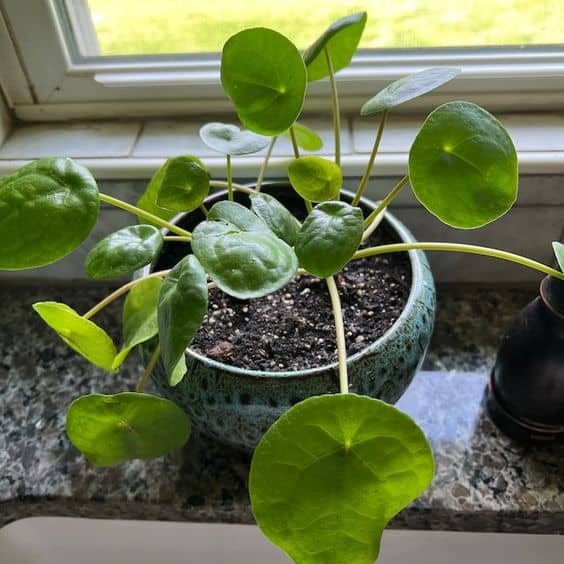
Your plant will thrive in a well-draining soil mix. I recommend mixing regular potting soil with perlite or sand to give it a light, airy texture.
And don’t forget the drainage holes! I’ve repotted my Chinese money plant every couple of years, especially when I see the roots peeking through the pot’s bottom.
4. Humidity and Temperature

This plant enjoys average humidity levels, but if the air gets too dry (especially in winter), a gentle misting can help.
Keep your plant in a comfortable temperature range between 60°F and 75°F, and avoid placing it near drafts or heaters.
5. Pruning and Maintenance

I regularly snip off yellow or damaged leaves, and it keeps the plant looking fresh.
Besides, pinching off top leaves can also encourage bushier growth.
6. Propagation Tips

Propagating the Chinese money plant is one of my favorite things. When the pups are about 2–3 inches tall, carefully separate them from the mother plant.
Then pot them up in fresh soil, give them a little water, and place them in indirect light. Before long, you’ll have another thriving plant to keep or gift to a friend.
7. Common Pests and Diseases

I’ve had my run-ins with spider mites and aphids. A quick spritz of insecticidal soap or neem oil usually does the trick. Also, keep an eye out for root rot – it happens when the soil stays too wet.
If you notice mushy stems or yellowing leaves, it’s time to check those roots and maybe repot with fresh, dry soil.
8. Common Problems
If you notice yellowing leaves, this is typically a sign of overwatering.
Allow the top inch of soil to dry out before watering again, and make sure your pot has good drainage to avoid waterlogged roots.

Besides, when your plant’s leaves are curling, it’s often due to too much direct sunlight or insufficient water.
Moving the plant to a spot with indirect light and watering it more regularly should help the leaves return to their normal shape.
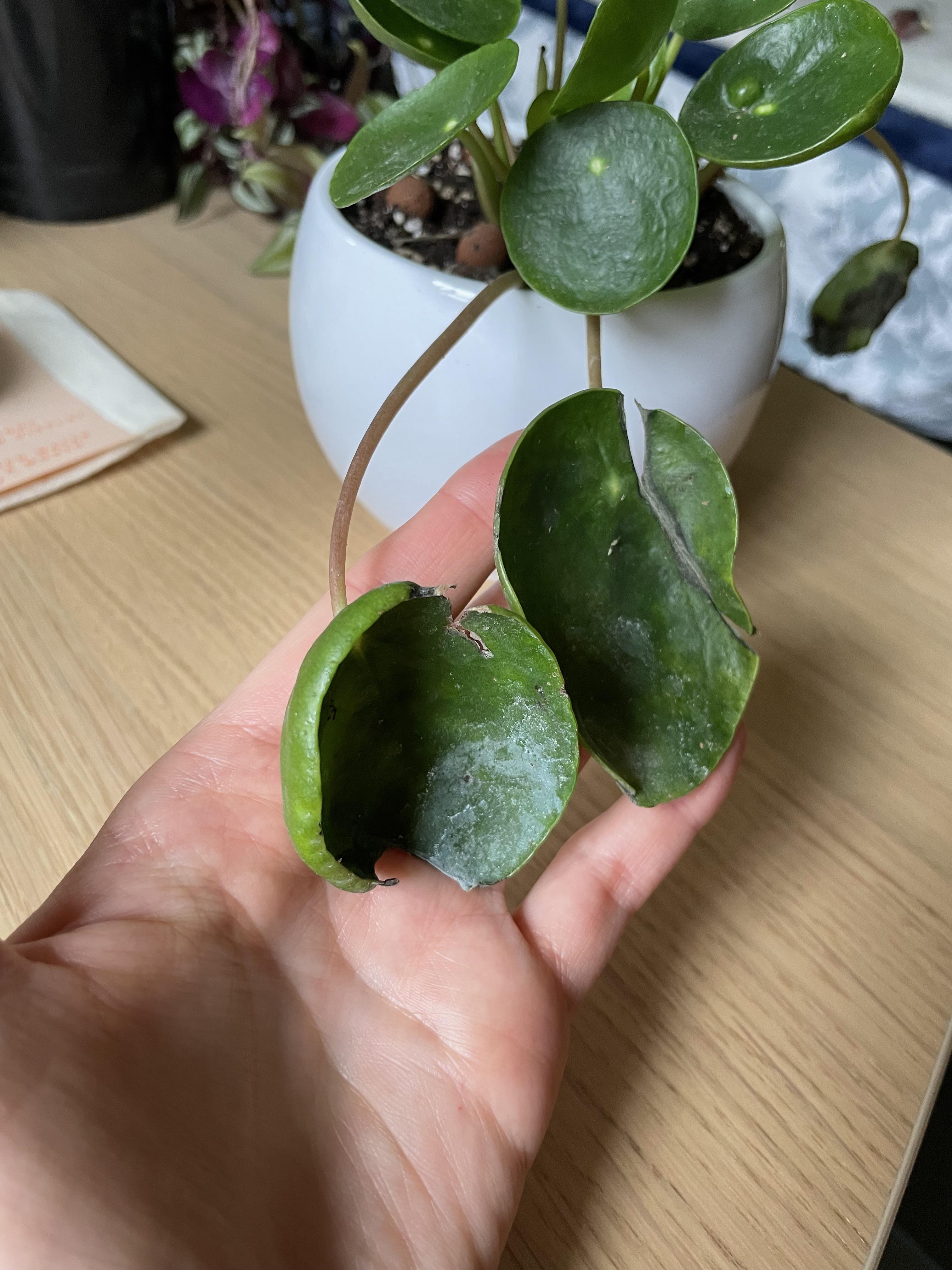
Root rot is another issue to watch for, which occurs when the soil stays too wet. Signs include mushy roots and a foul odor.
If this happens, trim off the damaged roots, repot in fresh soil, and reduce watering to prevent it from recurring.
